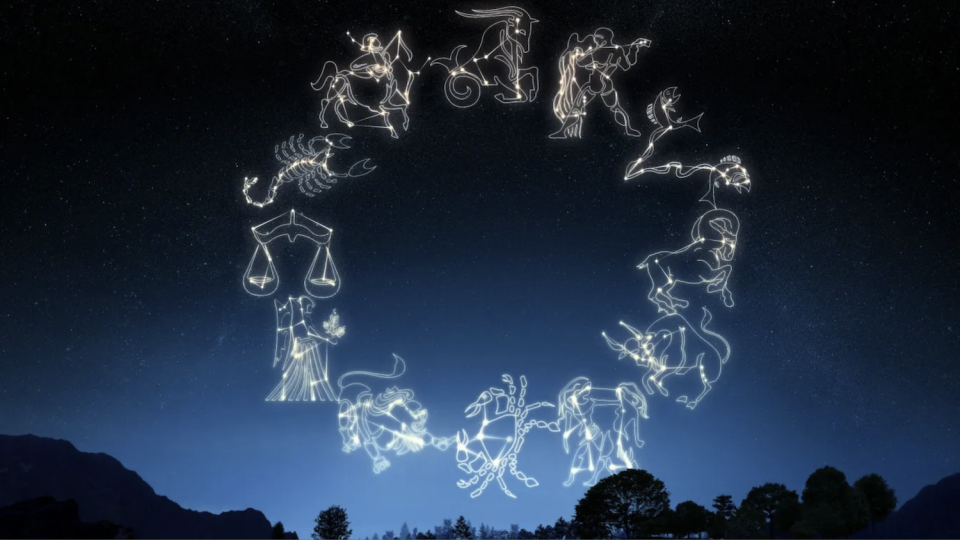Earth's wobble brings us to 'dawning of the Age of Aquarius' | The Sky Guy
Last month I wrote about why the Tropic of Cancer and the Tropic of Capricorn are related to the 23.5 degree tilt of the Earth’s axis: The Sun’s furthest point north or south, called the solstice, is 23.5 degrees from the equator. The northern point is called the Tropic of Cancer while the southern point is the Tropic of Capricorn because these are the constellations the Sun was in during the solstice.
But the Sun does not reach the solstice in Cancer or Capricornus anymore. The solstice occurs in Gemini and Sagittarius now. This because the Earth wobbles like a top. It takes 26,000 years to complete the wobble.
Today the axis is pointed toward the star Polaris. But thousands of years ago when the Egyptians built the pyramids the north star was Thuban in Draco the Dragon. This has caused the zodiac constellations to slowly shift westward.

The point where the Sun crosses the equator from the southern hemisphere into the northern hemisphere is called the “first point in Aries.” But because of the wobble, this point is now in Pisces and is slowly drifting toward Aquarius – this is the “dawning of the Age of Aquarius.”
Morning sky: Saturn rises around 4 a.m. in early May and around 3 a.m. in late May. It will get higher in the sky throughout the month. Jupiter enters the morning sky mid-May and then Mercury joins low in the east late May. Watch the Moon pass a couple of bright stars and planets, see below for dates.
Evening sky: Mars and Venus are visible in the evening sky. Ruddy Mars is about a third of the way up in the west at sunset. Look for a reddish “star.” You can’t miss Venus – it is the brightest object besides the Moon in the sky at sunset. Venus gets higher in the sky night by night and gets closer to Mars. Watch the Moon pass a couple of bright stars and planets, see below for dates.
3rd: Moon near bright star Spica in Virgo in the evening sky.
6th: Tallahassee Astronomical Society’s free planetarium show, “May Skies over Tallahassee,” at the Downtown Digital Dome Theatre and Planetarium at the Challenger Learning Center (not recommended for children under 5). Doors close at 10 a.m. sharp.
7th: Moon near bright star Antares in Scorpius in the early morning sky.
13th: Moon close to Saturn in the morning sky.
17th: Moon very close to Jupiter before sunrise.
21st: Venus and the bright stars Castor and Pollux in Gemini form a triangle in the evening sky.
22nd: Moon near Venus in the evening sky.
23rd: Moon near bright star Pollux in Gemini in the evening sky.
26th: Moon near bright star Regulus in Leo in the evening sky.
28th – 29th: Venus near bright star Pollux in Gemini in the evening sky.
31st: Moon near bright star Spica in Virgo in the morning sky.
31st: Mars very close to Beehive Cluster in Cancer in the evening sky.
Check out TAS’s events calendar at www.tallystargazers.org.
Ken Kopczynski is president of the Tallahassee Astronomical Society, a local group of amateur astronomers.
This article originally appeared on Tallahassee Democrat: Earth's wobble is bring us to the the 'dawning of the Age of Aquarius'

